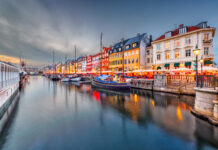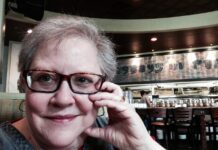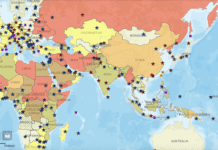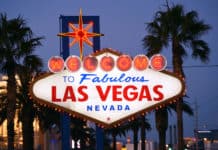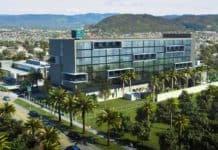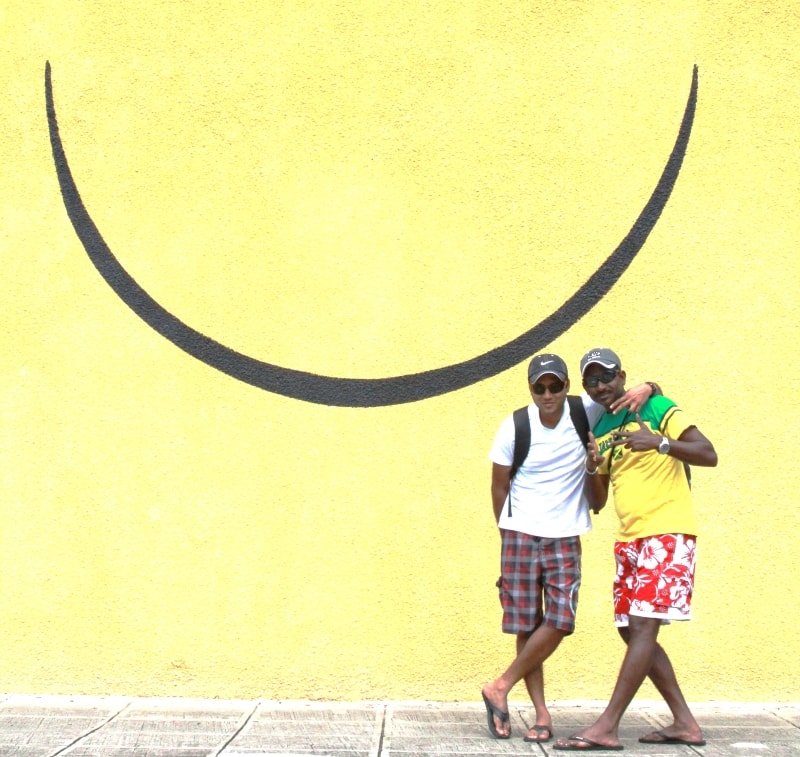
An update of the U.S. State Department’s safety advice about travel to Jamaica has caused concern among meeting and incentive planners and their groups, but the language used to describe the security situation in the Caribbean island nation has barely changed in recent years.
The Jamaica Travel Advisory updated on Jan. 24 continues to be ranked as Level 3, with travelers advised to “reconsider travel,” a message that has long been in place. Crime and lack of adequate medical services remain the prime concerns cited in the advisory.
In a press statement, the Jamaica Tourist Board (JTB) echoed that message.
“It is important to note that the advisory level has not changed since 2022 and there are very distinctly defined areas within Jamaica that the advisory cites as having high risk for crime, so the majority of the island’s tourism product remains unaffected,” according to the JTB. “Overall, the crime rate against visitors to Jamaica remains extremely low at 0.01 percent.”
The advisory does include useful information that visitors should heed.
“Violent crimes, such as home invasions, armed robberies, sexual assaults, and homicides, are common,” the State Department noted. “Sexual assaults occur frequently, including at all-inclusive resorts. Local police often do not respond effectively to serious criminal incidents. When arrests are made, cases are infrequently prosecuted to a conclusive sentence.”
Much of the advice applies to travelers visiting any unfamiliar destination: “Avoid walking or driving at night. Avoid public buses. Avoid secluded places or situations. Do not physically resist any robbery attempt. Be aware of your surroundings and keep a low profile.”
Most useful are the detailed warnings about specific areas of Jamaica to avoid visiting. “High-risk areas” of Jamaica, where U.S. Embassy personnel are forbidden to visit due to crime risks, include a few locations in tourist districts, but not areas where visitors typically venture, like:
- The Steer Town and the Buckfield neighborhoods near Ocho Rios
- The areas of Montego Bay on the inland side of the A1 highway and The Queen’s Drive from San San to Harmony Beach Park
- Clark’s Town in Trelawny Parish
- The Whitehall, Bethel Town, and Red Ground neighborhoods of Negril
A number of neighborhoods in the Jamaican capital of Kingston also are listed as no-go areas, including downtown Kingston, defined as between Mountain View Avenue and Hagley Park Road, and south of Half Way Tree and Old Hope Roads, and including Arnett Gardens, Cockburn Gardens, Denham Town, Olympic Gardens, Seaview Gardens, Trench Town, and Tivoli Gardens.
However, as Varghese noted, “most U.S. citizens aren’t going to Kingston, and most aren’t flying into the Kingston airport.”
The JTB recently reported that 4.1 million people visited Jamaica in 2023, a 16 percent increase over 2022 and a 7.5 percent increase over 2019 pre-pandemic numbers. More than half of the island’s visitors are from the U.S.
“The island consistently ranks among the top destinations for international travel, and visitors can continue to come with confidence to enjoy all that Jamaica has to offer,” JTB officials said.
This story first appeared at Prevue’s sister site, recommend.com.
You May Also Be Interested In…
State Dept. Warns Travelers About Risks Arising from Mideast War




